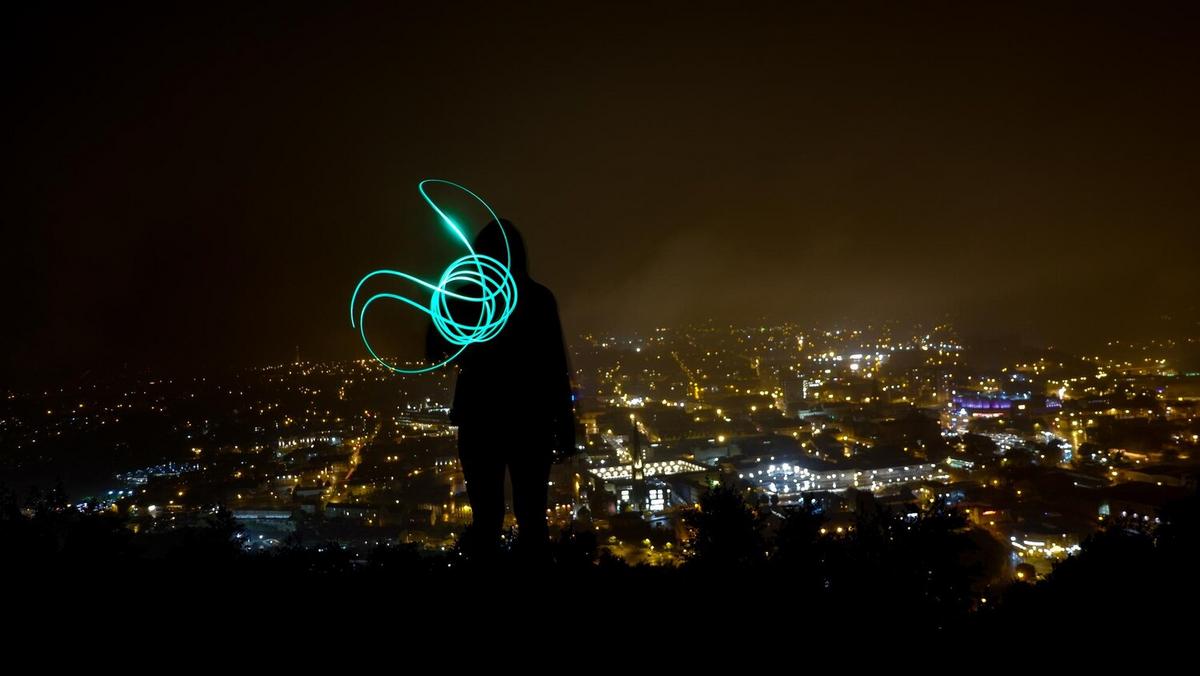Art has always been a dynamic field, constantly evolving with technological advancements. One of the most intriguing developments in recent years is the integration of drone technology into artistic expressions, offering artists new ways to explore creativity and audience engagement.
Exploring the Intersection of Drones and Art
Drone technology, initially designed for military and surveillance purposes, has found an unexpected home in the art world. As these flying devices become more accessible, artists are harnessing their potential to create innovative, large-scale works that were previously unimaginable.
Expert Insights
Art historian and technologist, Dr. Emily Parsons, notes, “Drones have opened new dimensions in art, allowing for a fusion of technology and creativity that pushes boundaries.” Their ability to capture aerial perspectives and facilitate dynamic movement offers artists a unique toolkit.
Research and Statistics
According to a report by the International Association of Drone Enthusiasts, the use of drones in art installations has increased by 35% over the past five years. This surge is attributed to the versatility and cost-effectiveness of drones compared to traditional methods of creating large-scale art.
Personal Anecdotes
Artist Marco Ruiz shares his experience using drones to create light installations. “By choreographing drones with LED lights, I can paint the sky with patterns and colors, creating a visual spectacle that captivates audiences,” he explains.
How to Get Started with Drones in Art
- Start small: Experiment with drone photography or videography to understand the basics.
- Learn the regulations: Familiarize yourself with local drone laws to ensure compliance.
- Join a community: Connect with other artists and drone enthusiasts to share ideas and resources.
Pro Tip: Always conduct a test flight in an open area to ensure your drone operates smoothly and safely before integrating it into your artwork.
Comparing Traditional and Drone Art
| Aspect | Traditional Art | Drone Art |
|---|---|---|
| Scale | Limited by physical space | Expansive, aerial canvases |
| Cost | Material and labor-intensive | Cost-effective with reusable technology |
| Perspective | Ground-level views | Aerial and dynamic angles |
| Audience Engagement | Static displays | Interactive and evolving experiences |
| Flexibility | Fixed installations | Adaptable and mobile |
| Environmental Impact | Heavy use of resources | Potential for eco-friendly setups |
| Innovation | Traditional techniques | Cutting-edge technology |
| Accessibility | Gallery or outdoor spaces | Remote and diverse locations |
FAQs
Can drones be used for painting?
Yes, artists have started using drones equipped with paint dispensers to create large murals and canvases.
Are there any legal considerations when using drones in art?
Artists must adhere to aviation regulations and obtain necessary permits for drone use, especially in public spaces.
What are some examples of famous drone art installations?
Notable installations include drone light shows at festivals and large-scale public art projects that utilize drone technology.
Can drone art be environmentally friendly?
Yes, drones can be part of eco-friendly art projects by reducing material waste and energy consumption.
Conclusion
The integration of drone technology into modern artistic expressions is reshaping the art landscape, offering fresh perspectives and possibilities. As artists continue to explore these innovative tools, the potential for creativity knows no bounds. Whether you’re an artist looking to experiment with drones or an enthusiast eager to witness new forms of art, embracing this technology can lead to exciting discoveries. For further reading on the fusion of technology and art, consider visiting online resources such as Artsy or Wired.


Leave a Reply